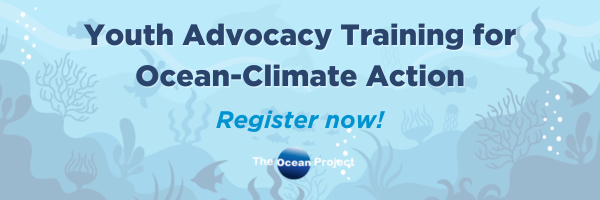That could eventually shift habitats and migration patterns for marine life, including tuna, swordfish and other important commercially fished species that cannot survive in low-oxygen zones.
The new study, based on data collected in tropical waters since 1960, confirms predictions from several climate models, said Gregory Johnson, an author of the study and an oceanographer at the National Oceanic and Atmospheric Administration’s Pacific Marine Environmental Laboratory in Seattle.
One reason the low-oxygen areas are growing may be the simple fact that as water warms, it loses its ability to absorb oxygen from the atmosphere. But Johnson and his colleagues believe that in this case, the main factor at work is changes in ocean circulation patterns.
The full report entitled Expanding Oxygen-Minimum Zones in the Tropical Oceans is available in volume 320 no. 5876 of Science, pages 655 – 658, by Lothar Stramma, Gregory C. Johnson, Janet Sprintall, and Volker Mohrholz.
DOI: 10.1126/science.1153847



